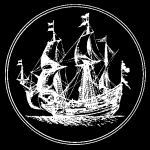
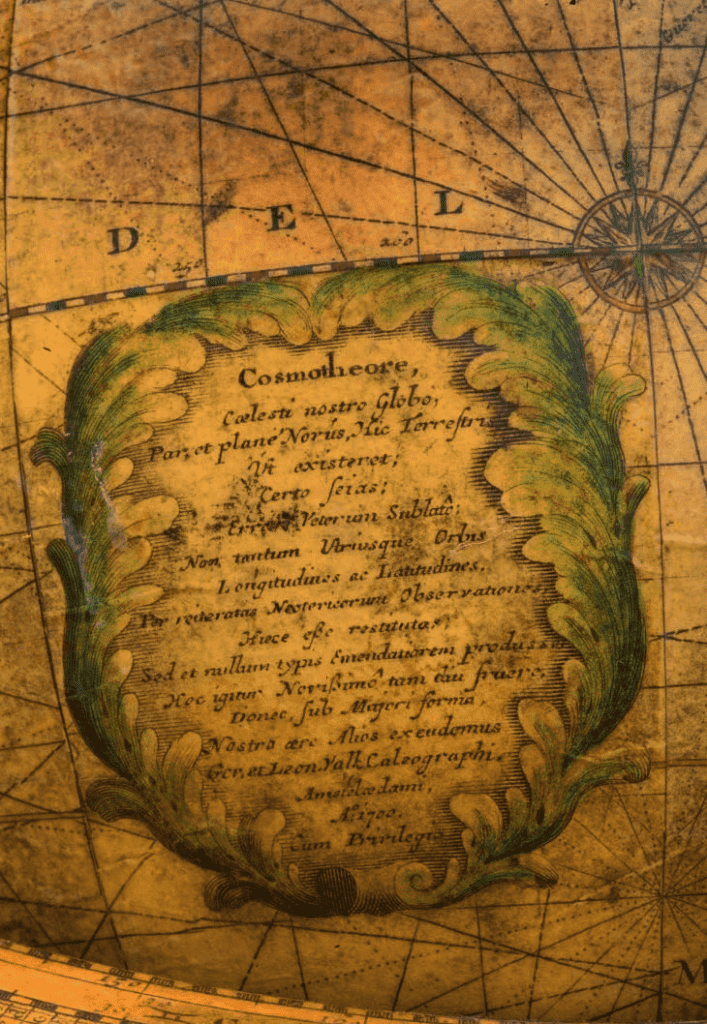
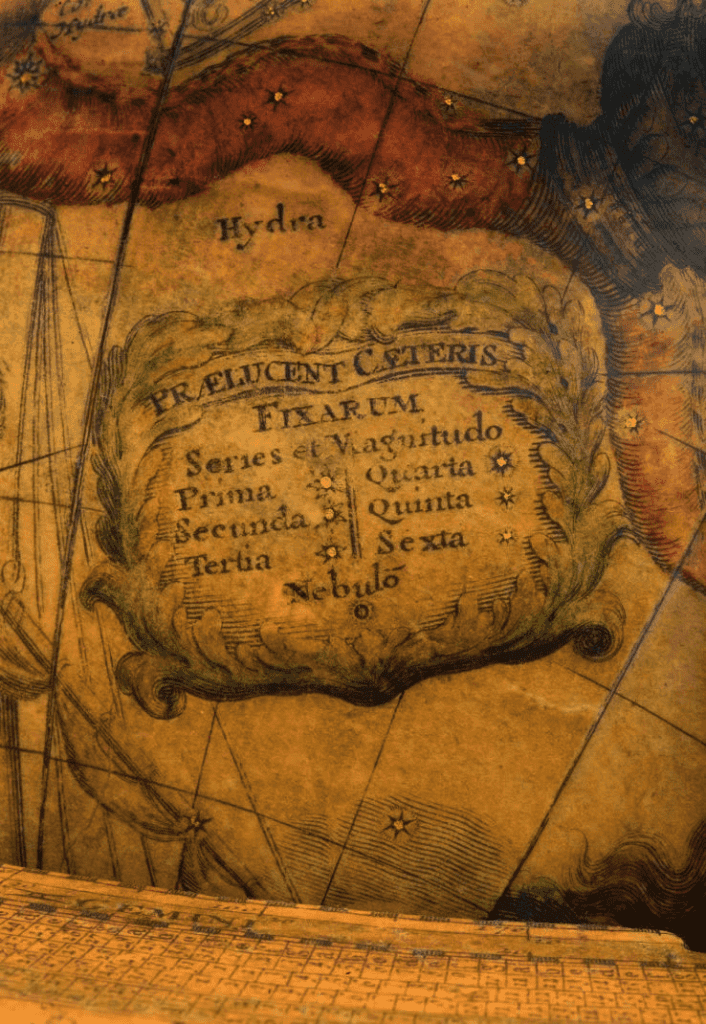
Rob Kattenburg BV, Eeuwigelaan 6, 1861 CM Bergen. Netherlands – Tel.+31 (0)72-5895051 Fax +31 (0)72-5816031
[email protected] – www.robkattenburg.nl – By appointment only
The Terrestrial Globe, in cartouche:
Cosmotheore, Cælesti nostro Globo, Par, et plane Novús,
Hic Terrestri Út ex isteret; …
Amstelredami,
Ao; 1700
Cum privilego
The Celestial Globe, in cartouche:
Uranographia Caelum, omne hic complectens; …
et ad annum 1700 completum
MAGNO ab HEVELIO; …
GER, et LEON VALCK,
Amstelædamenses
Cum Privilegio
V.d. Krogt, Advertenties 179; V.d. Krogt, Globi Neerlandici, Vol 1,
no. 13 (this pair, one of 3 in state 2); V.d. Krogt, Old Globes in the
Netherlands, Vol 16 & 19 (this pair); cf. Yonge, exhibit. cat. Early Globes
in the United States, p. 62, not in Dekker, Globes at Greenwich.
The World is round
The fact that medieval man believed that the world was as flat as a pancake and that if a ship sailed far enough out to sea it would fall over the edge – is a myth that did not take shape until the 19th century! The fact that globes depicting the heavens and the earth were made even in antiquity is something we know from written sources. The production of globes did not, however, really take off until the era of the major voyages of discovery. Globes were carried on board ships from the late 16th century. They were important tools when it came to navigation. There were makers of globes in various West-European countries, but the Netherlands dominated production throughout the 17th century. This is actually no surprise since the Republic had developed into Europe’s greatest seafaring nation and thus the demand for globes grew and also cartographers and astronomers continued to make new discoveries, which meant that the globes had to be updated. Cartographers, engravers, carpenters and the actual globe makers collaborated in the creation of the globes. From their very inception, globes were expensive. And thus they were treated with care, and it is only their enormous vulnerability to damage that has contributed to so few having survived from that period. Most of the globes currently available to the trade are 19th-century or even 20th-century copies that can in no way compete with the beautiful globes of yesteryear.

View of a ship’s deck with a marine astrolabe and globe. Sailors are working on a chart with pair
of compasses and a ruler. Another is on the foredeck measuring height with a cross staff (Jacob’s
staff). To his right is a man holding a quadrant.
Title page of: Thomas Hood. T’ghebruyck van de Zeecaerte (1602)
Inv. No. S. 1226
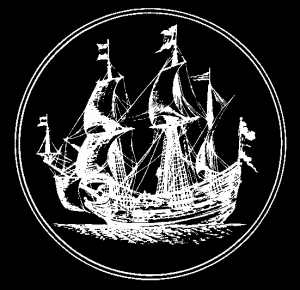
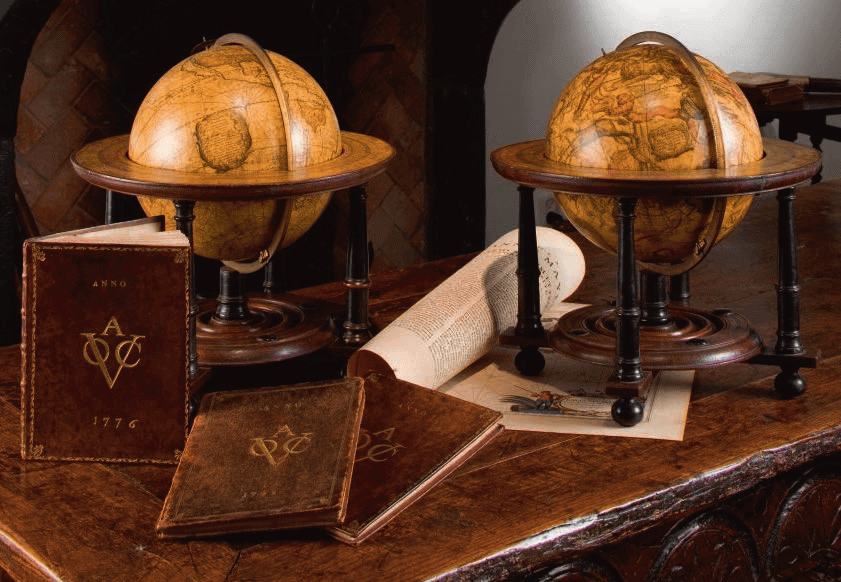
Gerard and Leonard Valk: famous 18th-century globe makers
In the recently published book Globes in Nederland, de Wereld in het klein (Globes in the Netherlands, the World on a Small Scale) by Diederick Wildeman published by Walburg Pers calls the period during which the Valk family was at work The era of the Valks. Gerard Valk, a citizen of Amsterdam, was a publisher and engraver. He and his son Leonard became the most important globe makers of their time. The engraving work in particular was renowned for its superior quality. The first examples of Gerard Valk’s terrestrial globes show an image of the world that was outdated. California, for instance, is pictured as an island and the coasts of Australia, New Guinea and New Zealand are missing. The terrestrial globe was based on Cassii’s map dated 1698 while the celestial globe used Hevelius’s Uranographia of 1690 as an example. The second state – ours – was adjusted and has a revised map of the world drawn by Leonard Valk, who worked with his father from 1711 to 1726. Leonard died in 1746, but that did not signal the end of the globe-making firm: his widow continued the business with her brother Petrus and his son. They did not make any new globes but sold off the old stock. At the end of the 18th century they had had enough and sold the globe business to the publishers Mortier, Covens & Zoon.
The making of globes
Before 1680 there was actually no written manual for making globes. The skill was learned in practice. The most difficult part was the spherical form. A semi-spherical mould made of wood or metal was coated in fat or oil and then covered with many layers of papier-mâché. The trick was to keep the outer surface as smooth as possible. When both halves were ready, a wooden axis was fitted and the halves were brought together. The sphere now had its definitive shape and a final layer of plaster ensured the required smooth surface to which the segments of the chart were applied. This latter was extremely painstaking and timeconsuming work because the long strips of the chart had to fit together to the nearest millimetre. Once the chart had been entirely or partially coloured, a layer of varnish was applied by way of protection. The meridian ring around the globe was supported by a single central column.
Only three pairs of this second state are known to exist world-wide
Terrestrial and Celestial globe both dated 1700
Globes were made in various sizes by the Valk family between 1701 and 1728; the one measuring 23 cm was the first series to come from their workshop. We may rightly qualify this recent acquisition as extremely rare! There is practically no chance of another complete pair of globes of this series ever coming on the market. The interested collector needs to realise this: it is a chance to acquire something really unique, an opportunity that will probably never be repeated!

Title page of a 17th-century Sea-atlas
In the centre, a celestial and terrestrial globe can be seen.
Petrus Plancius is explaining the terrestrial globe.
Plancius (1552 - 1622) was a minister of religion in Amsterdam but, in
addition, an extremely important geographer and the VOC’s first map-maker
(1602-1608).
© 2022 Rob Kattenburg
Website Mediya.nl